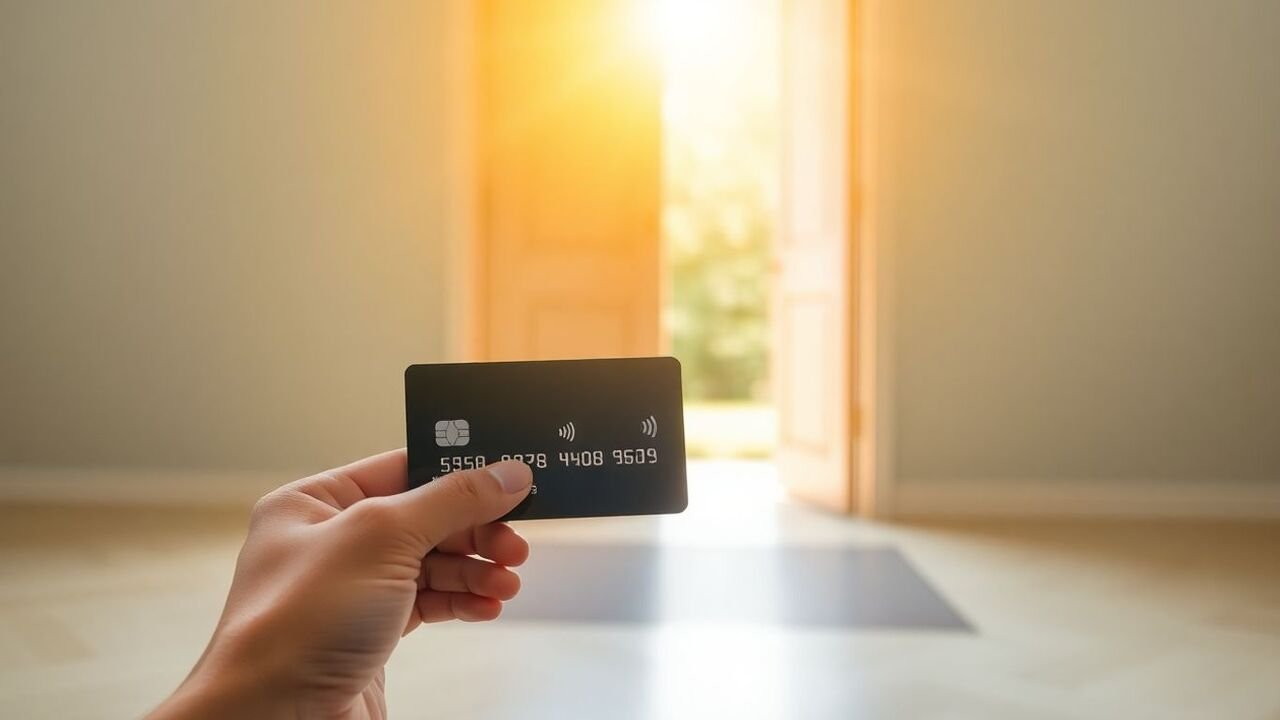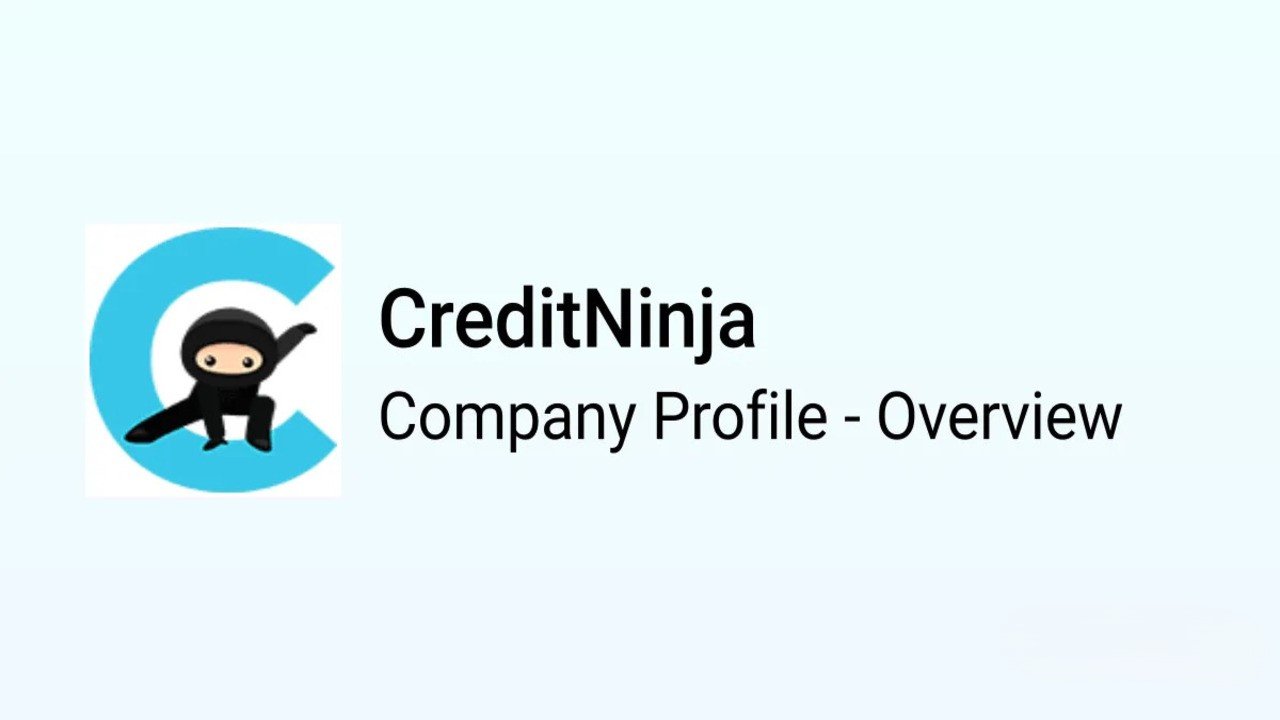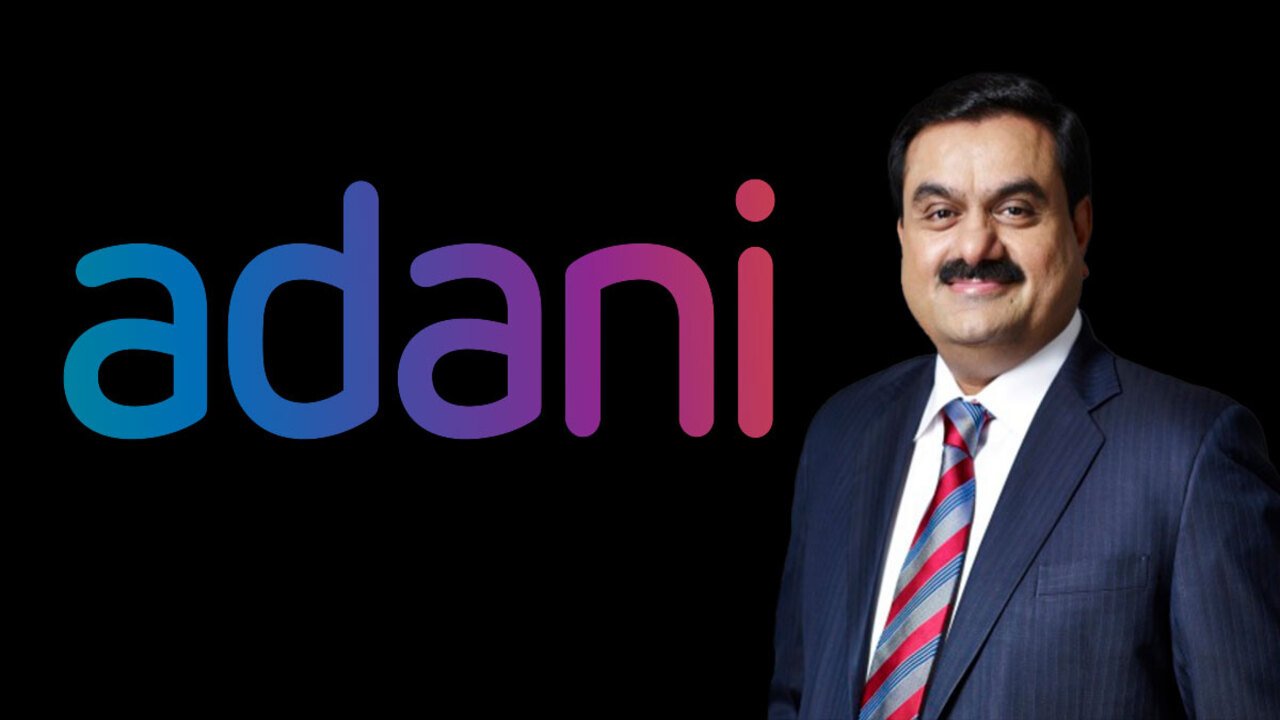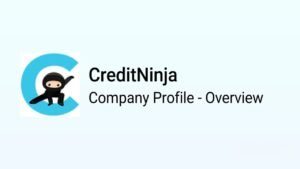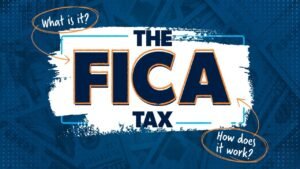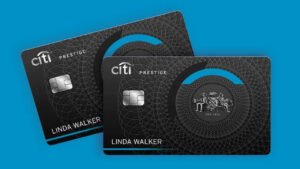Get a Personal Line of Credit Instant Access to Funds.
Thinking about getting a personal line of credit? It’s a handy tool for managing money, kind of like a credit card you can use over and over. You can borrow, pay it back, and then borrow again, all up to a certain limit. This guide breaks down what a personal line of credit is, how you can get one, and tips for using it right. We’ll cover everything from what lenders look for to how to pay it back without getting into too much trouble.
Thank you for reading this post, don't forget to subscribe!Key Takeaways
- A personal line of credit lets you borrow money as needed, up to a set limit, and you only pay interest on what you use.
- Lenders check your credit score, income, and how much debt you already have to decide if they’ll approve you.
- You can get cash from your line of credit through bank transfers, ATMs, or special checks.
- Paying back your line of credit means making at least the minimum payment each month, but paying more helps you save on interest.
- Keeping track of your spending and making regular payments are important for managing your personal line of credit well.
Understanding Your Personal Line Of Credit

Think of a personal line of credit, or LOC, as a flexible pool of money you can tap into whenever you need it, up to a certain limit. It’s not like a typical loan where you get all the cash at once. Instead, you borrow what you need, when you need it, and then you can borrow it again once you’ve paid it back. It’s a handy tool for managing your money, especially for unexpected costs or when you have a project that needs funding over time.
What Is A Line Of Credit?
A line of credit is basically a credit agreement between you and a lender that gives you access to a set amount of money for a specific period. You can withdraw funds, pay them back, and then withdraw them again. You only pay interest on the money you actually use, not the total amount you’re approved for. This makes it different from a personal loan, which gives you a lump sum that you then pay back with interest.
Key Features Of A Line Of Credit
- Credit Limit: This is the maximum amount you can borrow. Your lender sets this based on your financial situation.
- Flexible Withdrawals: You can take out money as you need it, up to your limit. You can also pay it back and then borrow again.
- Interest Charges: You’re charged interest only on the amount you’ve borrowed, not the total credit limit.
- Variable Interest Rates: Often, the interest rate can change over time, usually tied to a benchmark rate like the prime rate.
It’s important to remember that while a line of credit offers flexibility, it’s still a form of debt. Using it wisely means understanding the terms and making sure you can manage the repayments.
Types Of Lines Of Credit
There are generally two main types of personal lines of credit:
- Unsecured Personal Line of Credit: This type doesn’t require you to put up any collateral, like your house or car. Because there’s no collateral, lenders usually charge a higher interest rate to offset their risk. Approval often depends on a good credit score and a solid financial history.
- Secured Personal Line of Credit: This type requires you to provide collateral, such as savings or property. Since the lender has something to fall back on if you can’t repay, they typically offer lower interest rates and potentially higher credit limits. However, you risk losing your collateral if you default on the loan.
Qualifying For A Personal Line Of Credit
So, you’re thinking about getting a personal line of credit? That’s smart. It’s like having a flexible safety net for your finances. But before you can start borrowing, you’ve got to show the lenders you’re a good bet. They want to know you can handle the money and pay it back. It’s not super complicated, but there are a few things they look at.
Credit Score Requirements
Your credit score is a big deal here. Think of it as your financial report card. Most lenders want to see a score of at least 650, but honestly, the higher the better. A score of 700 or above really opens doors and can get you better interest rates. If your score is a bit lower, don’t despair just yet. Some lenders, especially credit unions or online lenders, might still approve you, but expect the rates to be higher. It’s all about showing them you’re a low-risk borrower.
Income Verification
Lenders need to see that you have a steady stream of income to pay back what you borrow. They’ll usually ask for proof, like recent pay stubs or bank statements. Many lenders want to see that you’ve been with your current employer for at least a few months, often six. Some might have a minimum annual income requirement, too. For example, a lender might say you need to earn at least $20,000 a year before taxes. It just shows you have the means to manage the credit.
Employment History
This ties right into income verification. A stable work history suggests financial stability. Lenders like to see that you haven’t been jumping from job to job too frequently. Staying with an employer for a year or more is generally a good sign. It tells them you’re reliable and not likely to suddenly lose your income source. They’ll typically ask for details about your current and possibly past employers.
Debt-to-Income Ratio
This is a fancy way of saying how much debt you have compared to how much money you make. Lenders calculate this by adding up all your monthly debt payments (like car loans, student loans, credit card minimums) and dividing it by your gross monthly income. If this number is too high, it means you might be overextended. Ideally, lenders want to see a debt-to-income ratio of 32% or lower. Anything over 44% is usually a red flag, and you might have trouble getting approved or will face much higher interest rates. It’s a good way to gauge if you can realistically handle more debt.
Lenders use these factors to assess the risk involved in lending you money. A strong credit score, stable income, consistent employment, and a manageable debt-to-income ratio all point to you being a responsible borrower.
Accessing And Using Your Line Of Credit
So, you’ve got a personal line of credit, and now you’re wondering how to actually use it. It’s pretty straightforward, actually. Think of it like a flexible pool of money you can tap into whenever you need it, up to your approved limit.
Methods Of Accessing Funds
There are a few common ways to get cash from your line of credit. Most lenders offer several options, so you can pick what works best for you:
- Online Transfer: This is probably the easiest. You can usually log into your online banking portal and transfer funds directly from your line of credit to your checking or savings account. It’s quick and you can do it from anywhere.
- Checks: Some lines of credit come with special checks. You can write these out to pay bills or make purchases, just like a regular check, but the money comes from your credit line.
- ATM Withdrawal: If your line of credit is linked to a bank account or comes with a card, you might be able to withdraw cash directly from an ATM. Just be mindful of any fees associated with this.
- In-Person at a Branch: You can always visit your bank’s physical location and have a teller help you withdraw funds directly from your line of credit.
Responsible Usage Strategies
Having access to funds is one thing, but using them wisely is another. It’s easy to get carried away, so here are some tips:
- Only Borrow What You Need: Interest is charged only on the amount you actually withdraw, not your total credit limit. So, if you only need $500, don’t take out $2,000. This simple step can save you a lot on interest.
- Have a Plan: Before you draw any money, know exactly what you’re using it for and how you plan to pay it back. Is it for an emergency, a planned expense, or something else? Having a clear purpose helps prevent impulse borrowing.
- Treat it Like a Loan, Not Free Money: Remember, this is borrowed money that needs to be repaid with interest. Avoid using it for everyday expenses or things you can’t afford if you didn’t have the line of credit.
Using your line of credit for unexpected emergencies or planned, necessary expenses is its strong suit. It offers a safety net without the commitment of a traditional loan, but that flexibility comes with the responsibility to manage it carefully.
Minimizing Interest Costs
Nobody likes paying extra money, especially on interest. Here’s how to keep those costs down:
- Pay Down the Principal: While you might only be required to make minimum payments (which often cover just the interest), try to pay down the principal balance whenever you can. Even small extra payments add up.
- Use Windfalls Wisely: If you get a bonus, tax refund, or any unexpected cash, consider putting it directly towards your line of credit balance. This can significantly reduce the amount of interest you pay over time.
- Keep Your Credit Utilization Low: Your credit utilization ratio (the amount of credit you’re using compared to your total available credit) impacts your credit score. Keeping this ratio low, ideally below 30%, not only helps your credit but also suggests you’re managing your borrowing well. You can learn more about managing your credit utilization ratio on our site.
By understanding how to access and use your line of credit, you can make it a powerful tool for managing your finances effectively.
Repaying Your Personal Line Of Credit
Alright, so you’ve got a personal line of credit, and now it’s time to talk about paying it back. It’s not as scary as it sounds, honestly. Think of it like this: you borrowed some money, and now you need to put it back. Simple enough, right?
Making Minimum Payments
Every month, you’ll get a statement. It’ll tell you the minimum amount you have to pay. This payment usually just covers the interest you’ve racked up, plus a tiny bit of the actual money you borrowed. It’s super important to at least make this minimum payment on time. Missing it can lead to late fees and can mess with your credit score, which is the last thing you want. It’s like the bare minimum to keep the bank happy and your account in good standing.
Strategies For Faster Repayment
Now, just paying the minimum might feel like you’re barely moving the needle. If you want to get out of debt faster and pay less interest overall, you’ve got to be a bit more proactive. Here are a few ideas:
- Pay More Than the Minimum: This is the big one. Any extra cash you can throw at your line of credit, beyond the minimum, goes straight to the principal. That means you’ll owe less interest over time, and your balance will shrink much quicker. Even an extra $20 or $50 a month can make a difference.
- Bi-Weekly Payments: Instead of one big payment a month, try splitting it into two smaller payments every two weeks. This way, you end up making an extra full payment each year without really feeling it. It’s a neat trick to pay down debt faster.
- Use Windfalls: Got a tax refund? A bonus at work? Maybe a birthday gift? Instead of spending it, consider putting that extra cash directly towards your line of credit. A lump sum payment can really knock down your balance and save you a good chunk of change on interest.
Remember, the faster you pay down the principal, the less interest you’ll end up paying. It’s all about chipping away at that balance.
Automating Your Payments
Life gets busy, and it’s easy to forget a due date. That’s where automation comes in handy. You can usually set up your bank to automatically transfer the minimum payment (or even a bit more) from your checking account to your line of credit each month. This way, you never miss a payment, avoid late fees, and keep your credit looking good. It’s a set-it-and-forget-it kind of deal that really helps with consistency.
Managing Your Line Of Credit Effectively
So, you’ve got a personal line of credit, and now it’s time to make sure it’s working for you, not against you. It’s easy to get into a rhythm of just making the minimum payments, but that can really stretch out how long it takes to pay off what you’ve borrowed, and you end up paying more in interest. Let’s talk about how to keep things on track.
Monitoring Your Spending
First things first, you really need to keep an eye on where your money is going. It sounds obvious, but with a line of credit, it’s super easy to spend more than you intended if you’re not careful. Regularly checking your statements is key. See how much you’ve used and how much you still have available. This helps you stay within your budget and avoid any surprises when the bill comes. Think of it like checking the gas gauge on your car – you don’t want to run on empty unexpectedly.
Adjusting Your Repayment Strategy
Just paying the minimum isn’t usually the best move. While it keeps you out of trouble with the lender, it means most of your payment is just covering interest. To really make progress, try to pay more than the minimum whenever you can. Even an extra $50 or $100 a month can make a big difference over time. If you get a bonus or a tax refund, consider putting a chunk of that towards your line of credit. It’s a smart way to cut down the principal faster and save on interest. You can also look into making bi-weekly payments instead of monthly ones; this often results in one extra payment per year, which really adds up.
Understanding Credit Utilization
Your credit utilization ratio is a big deal for your credit score. It’s basically the amount of credit you’re using compared to the total credit you have available. Lenders like to see that you’re not maxing out your credit lines. Aim to keep your utilization below 30% if possible. For example, if you have a $10,000 line of credit, try to keep your balance below $3,000. High utilization can signal to lenders that you might be overextended, which can hurt your credit score. Managing this ratio is a big part of responsible credit use, and it’s something you can actively control. It’s a good idea to sidestep frequent mistakes when managing your credit.
Keeping your credit utilization low shows lenders you can manage credit responsibly. It’s a simple but powerful way to maintain a healthy credit profile and can positively impact your ability to get approved for future loans or credit cards.
Advanced Line Of Credit Management

Once you’ve got a handle on the basics of your personal line of credit, it’s time to think about how to really make it work for you. This isn’t just about paying bills on time; it’s about smart financial moves that can save you money and improve your overall financial picture. Let’s look at some ways to take your line of credit management to the next level.
Using Windfalls for Repayment
Got a bonus at work, a tax refund, or maybe a gift? Instead of just letting that extra cash sit around or spending it, consider putting it directly towards your line of credit. Even a few hundred dollars can make a difference. It directly reduces your principal balance, which means less interest paid over time. It’s a quick way to chip away at the debt and free up your credit faster.
Considering Debt Consolidation
If you find yourself juggling multiple debts, including a line of credit with a high interest rate, debt consolidation might be worth exploring. This involves taking out a new loan, often with a lower interest rate, to pay off all your existing debts. You’d then be left with just one monthly payment. It can simplify your finances and potentially save you a good chunk of change on interest. However, make sure the new loan’s terms are truly better before you commit.
Seeking Professional Financial Advice
Sometimes, managing debt and credit can feel overwhelming. If you’re unsure about the best strategies for your specific situation, don’t hesitate to talk to a financial advisor. They can help you create a personalized plan, assess your options, and ensure you’re making the most sound decisions for your financial future. They can also help you understand complex financial tools, like securities-based lending, if that’s something you’re considering.
Here are a few points to keep in mind when thinking about advanced strategies:
- Review your credit utilization regularly. Aim to keep it below 30% of your available credit. High utilization can negatively impact your credit score.
- Explore balance transfer options if your line of credit has a high interest rate and you find a card or loan with a lower introductory rate.
- Create a budget that prioritizes debt repayment. Knowing exactly where your money is going makes it easier to find extra funds for payments.
Making informed decisions about your line of credit, especially when dealing with larger sums or considering consolidation, can significantly impact your financial health. It’s about being proactive and strategic rather than just reactive.
Wrapping It Up
So, that’s the lowdown on personal lines of credit. They can be super handy for managing your money, whether it’s for a surprise expense or a planned project. Just remember, like anything with money, it’s all about being smart with it. Keep an eye on what you’re spending, make those payments on time, and try to pay down more than the minimum when you can. It might seem like a lot at first, but taking control of your line of credit means you’re taking control of your financial future. You’ve got this!
Frequently Asked Questions
What exactly is a line of credit?
Think of a line of credit like a flexible loan that gives you access to a certain amount of money. You can borrow money when you need it, pay it back, and then borrow again, as long as you don’t go over your limit. It’s not like a regular loan where you get all the money at once.
How do I pay off my line of credit?
To pay off your line of credit, first, understand the rules like interest rates. Make a plan to put extra money towards it, aiming to pay more than the minimum each month. Paying it off faster saves you money on interest. You can also set up automatic payments so you don’t miss any.
Can I pay my line of credit whenever I want?
Yes, you usually can pay your line of credit at any time. Most lines of credit let you make extra payments or pay the whole thing off without any extra charges. It’s always a good idea to double-check with your bank for any specific rules.
Does paying off a line of credit help my credit score?
Definitely! Paying off your line of credit, or even just paying down the amount you owe, can make your credit score better. It shows lenders you’re responsible. Using less of your available credit makes you look good.
How is a line of credit usually paid back?
You typically have to make at least a minimum payment each month. This payment usually covers the interest you owe and a small bit of the main amount borrowed. You can pay more than the minimum if you want to pay it off quicker and save on interest.
What happens if I miss a payment on my line of credit?
If you miss a payment, you might get charged a late fee. It can also hurt your credit score, making it harder to borrow money in the future. It’s best to always make at least the minimum payment on time.
